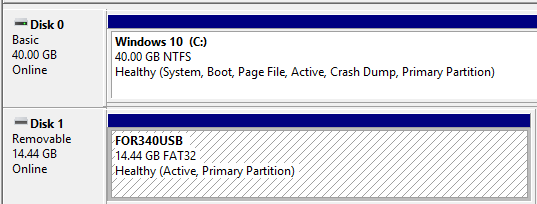Just thought of writing this here, because I keep forgetting how to do this stuff! Also, since OST2 has lots of new courses related to Windbg, I thought this would be helpful for folks who use a Linux Workstation and would like to do Windows Kernel Debugging and follow Xeno‘s new courses (highly recommend you check them out). This post does not explain how to install the Windows 10 SDK on any of the systems, but again check out Xeno’s courses, you will find all of that there.
Basic Info:
VM with WinDbg = Debugger
– Host-Only IP Address = 192.168.16.16
VM to Debug = Debuggee
– Host-Only IP Address = DHCP
Note(s):
1. It does not hurt to test that they can both ping each other (firewall settings for ICMP is required here).
2. Some of the commands below could be used with /dbgsettings directly, but I decided to do it this way to be easier to understand and to have a menu option in some
Let’s get starting! Use whichever method you want, they should all work for you if you follow the settings correctly. First, start cmd.exe with elevated privileges and then pick the method of your desire.
Method #1: Using Serial Ports
Power off both VMs and add a serial port. Both will be socket ports and will be located at some location of your desire (e.g. /tmp/com1). Make sure the Debugger has “From: Client” -> “To: Virtual Machine” and the Debuggee has “From: Server” -> “To: Virtual Machine”.
Now, let’s first create a debugging option to choose from when rebooting/powering on the system.
bcdedit /copy {current} /d "Windows 10 Debugging"
Then use the 32 char identifier in the rest of the commands below (assuming 32-CHAR-Identifier = {AABBCCDD-1A1A-A1A1-BB11-ABCDEF123456}:
bcdedit /debug {AABBCCDD-1A1A-A1A1-BB11-ABCDEF123456} ON
bcdedit /set {AABBCCDD-1A1A-A1A1-BB11-ABCDEF123456} debugtype serial
bcdedit /set {AABBCCDD-1A1A-A1A1-BB11-ABCDEF123456} debugport 1
bcdedit /set {AABBCCDD-1A1A-A1A1-BB11-ABCDEF123456} baudrate 115200
Go to your Debugger VM and start Windbg, then go to File -> Kernel Debug -> COM. Make sure the settings here match those you used above in the bcdedit commands and then click OK to start. After that reboot your Debuggee VM, which can be done like this:
shutdown -r -t 0
If everything went fine, you should see your Debugger now connected to your Debuggee VM…
Continue reading



